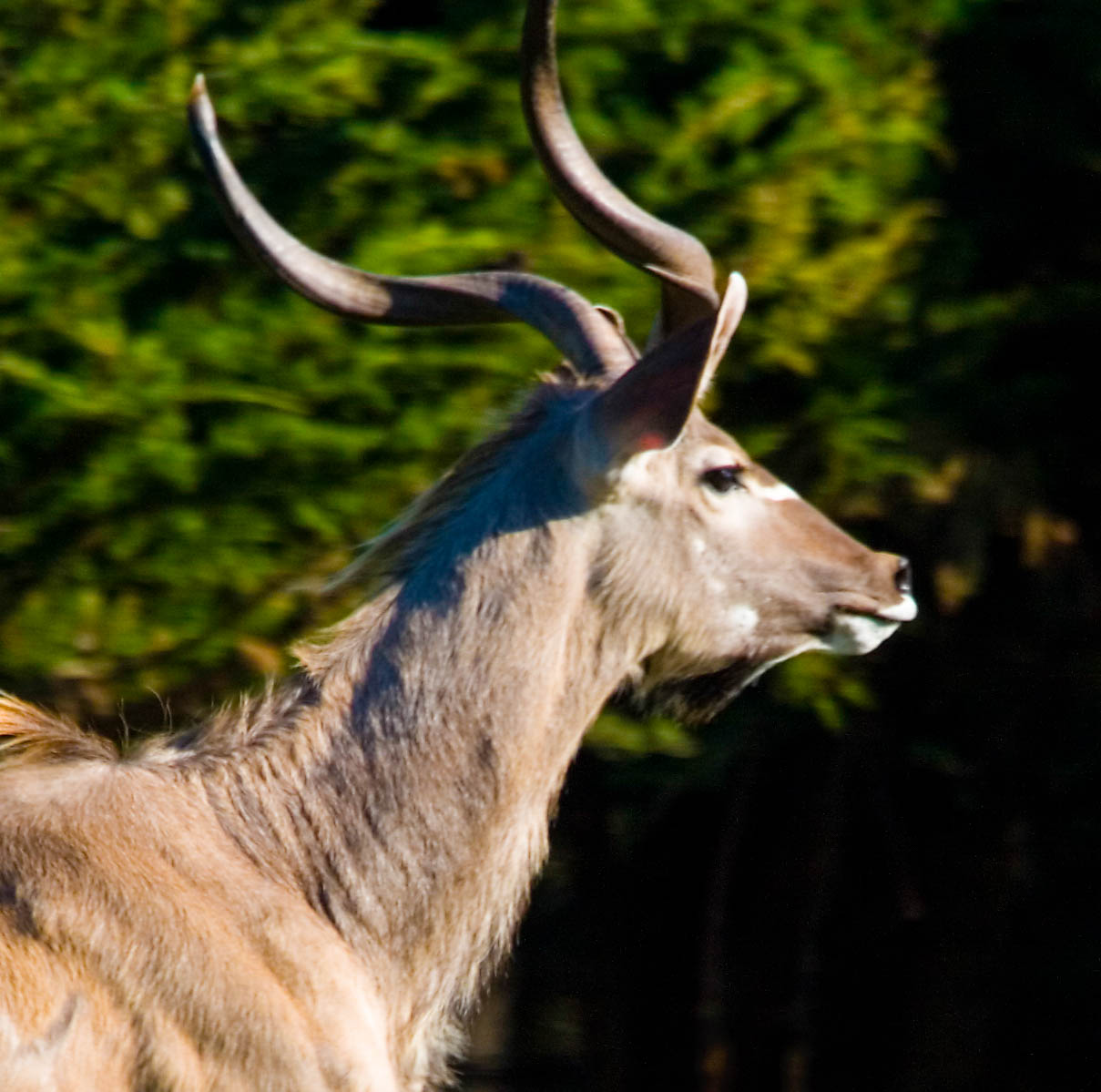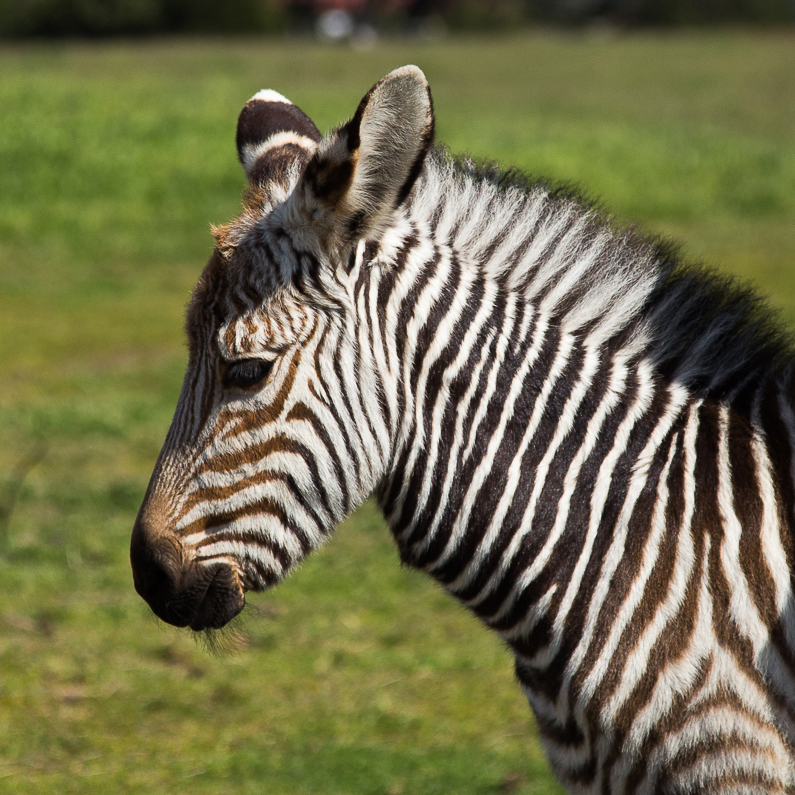Grevy's Zebra
The Grevy’s zebra is the largest, wildest and most untamable of the three zebra species remaining in Africa.
In recent times, Grevy’s zebras have suffered one of the most substantial reductions of range of any African mammal, leading them to be classified as Critically Endangered.
Presently only 2,000 – 2,500 remain in the wild, restricted to Ethiopia and northern Kenya.
Our Grevy Zebras are great conversationalists. View our video to hear their unique voices.
Physical Characteristics
This long-legged equid is different from the other two zebra species: the plains zebra and the mountain zebra. It is taller, measuring up to 60 inches, and heavier, weighing up to 990 pounds.
Its beautiful stripes are narrower and more numerous; they are perpendicular to the backbone, and they curve around the tail in a triangular form. The head is large in proportion to the body and the ears are broad with striking black markings. Its mane is stiff and stands up, and its tail ends in a tuft of hair.
behavior
Grevy’s are social animals. The basic social unit is comprised of a female mare with one or two young. However, mixed groups of 100 to 200, sometimes up to 450 zebras, are not uncommon during migration and around water points in the dry season.
Social grooming plays a large role in social bonding. They communicate using facial expressions and sounds, and groom each other by biting and nibbling each other to scratch and remove loose hairs.
diet
Grevy’s are consummate survivors, spending as much as 60-80% of their time feeding, day or night. With teeth built for chewing and cropping, they mainly feed on grass, but sometimes feed on leaves and stems from bushes. Though they require less water than other zebra species, proximity to permanent water is very important to them. During the dry season they may walk up to 20 miles (32 km) from their water hole to find grass. Adults can tolerate between two to five days without water. Competition with livestock for water and food has led to human-wildlife conflict.
Caring for their Young
Grevy’s mate throughout the year, but the peak birth and mating periods for the Grevy’s zebra are usually July through August and October through November. Grevy’s zebras breed in 2 year intervals starting at the age of 3 for females and age 6 for males. Newborn foals are russet-colored with a long hair crest down the back and belly. The mother keeps other zebras at a distance while the offspring imprints on her and they spend time playing, nuzzling, and nursing. Newborns can walk just 20 minutes after they are born, which is an important survival adaptation for this migrating species.







